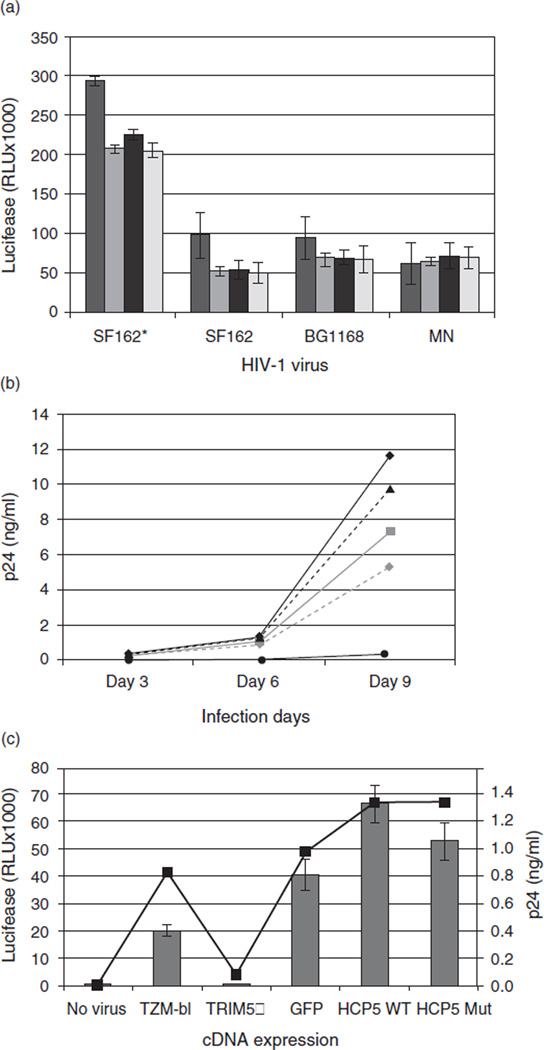Fig. 1. HCP5 alleles did not modulate HIV-1 infectivity.
(a) The major allele (HCP5 WT) or the minor allele (HCP5 mut) of HCP5 cDNA was transiently transfected into TZM-bl cells and subjected to HIV-1 infection with four different HIV-1 viruses (SF162* is the pseudovirus, SF162 and BG1168 are the primary isolates and MN is the T-cell-line-adapted virus). HIV-1 infectivity was measured for early-stage HIV-1 infection by luciferase activity as expressed relative light unit (RLU). Negative controls were TZM-bl cells with no transfection (No Tx) or with an empty vector (Vector) ( , no Tx;
, no Tx;  , vector;
, vector;  , HCPS WT;
, HCPS WT;  , HCPS mut). (b) HIV-1 antigen p24 peptide was measured from culture media in SF162-infected TZM-bl cells stably expressing HCP5 alleles, GFP or TRIM5α (from rhesus monkeys) along with control TZM-bl cells at infection days 3, 6 and 9. (
, HCPS mut). (b) HIV-1 antigen p24 peptide was measured from culture media in SF162-infected TZM-bl cells stably expressing HCP5 alleles, GFP or TRIM5α (from rhesus monkeys) along with control TZM-bl cells at infection days 3, 6 and 9. ( , TZM-bl;
, TZM-bl;  , GFP;
, GFP;  , HCP5 WT;
, HCP5 WT;  , HCP5 mut;
, HCP5 mut;  , TRIM5α) (c) Culture supernatants from the infection day 6 were added to fresh TZM-bl cells for a second round of infectivity for 48 h (
, TRIM5α) (c) Culture supernatants from the infection day 6 were added to fresh TZM-bl cells for a second round of infectivity for 48 h ( , p24;
, p24;  , infectivity). Shown are the results of a representative experiment from three independent experiments.
, infectivity). Shown are the results of a representative experiment from three independent experiments.

